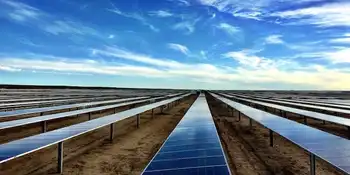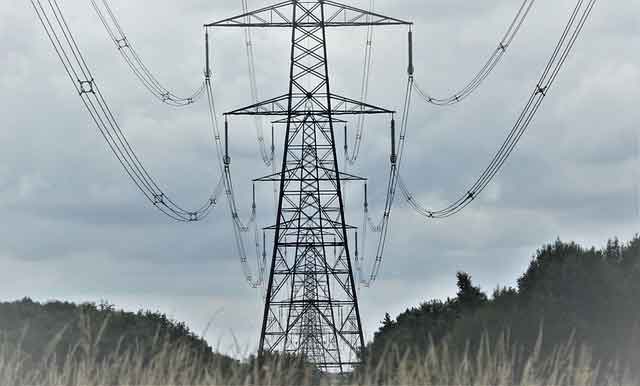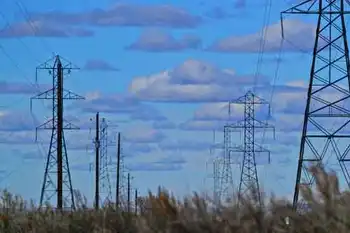Rural homeowners find it pays to have small wind turbines
DENVER, COLORADO - Becky Larson and her husband, Phil, are not, in Becky's words, "radical conservation freaks." But when they saw the Elbert County home for sale with a broken-down wind turbine in the backyard, they knew they had to have it.
The Larsons spent $8,000 over the past year rebuilding the turbine. Now they're already seeing the financial benefits.
The home, equipped with electric heat, was generating winter power bills of $400 a month. As soon as the 80-foot-high turbine started spinning, the bill was cut in half.
"It's a neat, cool idea," said Becky Larson, a veterinary nurse. "When Phil saw the turbine, he was just in awe. Then he got me interested too. It just makes a lot of sense." Small wind turbines aren't for everyone. A typical 10-kilowatt machine costs up to $40,000. But with interest from homeowners like the Larsons, they are becoming a tiny but growing segment of a wind-energy industry dominated by huge, utility-scale wind farms.
Sales of small turbines in the U.S. are projected to double this year from 2004 to 8,367 turbines, and manufacturers are forecasting 20 percent annual growth over the next decade.
The small-wind sector is growing fast enough that the American Wind Energy Association - a trade group dominated by large-scale wind developers - set up a separate small-turbine section this week in the exhibition hall at the Colorado Convention Center.
"We like talking about hundreds and thousands of megawatts," trade group spokesman Ben Finzel said. "But the public is interested in how they can get one of these little thingies." Small wind generators are best suited for remote cabins or homes off the power grid or for grid-connected rural homes with monthly electric bills averaging more than $150, experts say.
The payback period averages 15 years or less for owners who install turbines in areas with good winds. The period is shorter if local utilities allow owners to sell excess wind generation back to the grid, making meters spin backward.
For homes with smaller electric bills, the payback period is prohibitively long.
And because turbines generate some noise and have obvious visual impact, they're not suited for urban use.
"You'll never see these things on all the houses of a Denver suburb," said Andy Kruse, co-founder of Flagstaff, Ariz.-based small turbine manufacturer Southwest Windpower. "But we're seeing the market evolve rapidly. It's very exciting."
One afternoon, a moderate breeze on the Larsons' 5-acre lot was turning the turbine blades fast enough to make the home's electric meter stand still, even though lights, computers, television sets and stereos were running.
"Whenever I see these blades spinning, I'm thinking ka-ching, ka- ching, ka-ching," Becky Larson said. "It's money in my pocket."
Small turbines can make economic sense for remote homes off the power grid or for rural, grid-powered homes with electric bills of more than $150 a month:
-A small, 10-kilowatt wind turbine suitable for residential use runs $35,000 to $45,000, including installation.
-The payback period in areas with strong winds averages 15 years or less.
-A typical small turbine sits on an 80-foot tower and has three rotor blades 12 feet long.
-Some utilities allow turbine owners to sell excess wind generation back into the grid.
Related News

California just made more clean energy than it needed
LOS ANGELES - We’re a long way from the land of milk and honey, but on Easter Sunday – for about an hour – we got a taste.
On Sunday, at 1:55 PM Pacific Time the California Independent Systems Operator (CAISO) reported that greenhouse gas emissions necessary to serve its demand (~80% of California’s electricity demand on an annual basis), was measured at a rate -16 metric tons of CO2 per hour. Five minutes later, the value was -2 mTCO2/h, before it crept back up to 40 mTCO2/h at 2:05 PM PST. At 2:10 PST though it fell back to -86…




